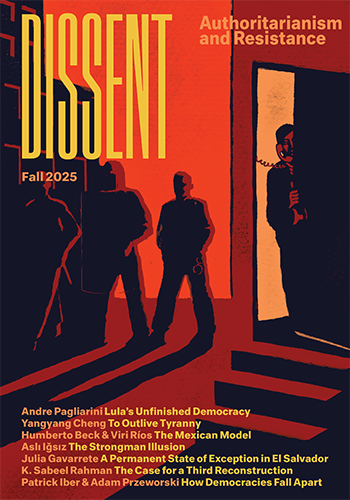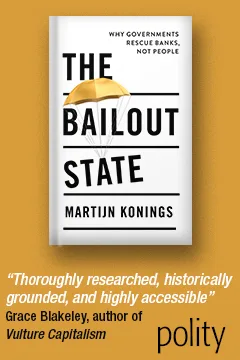Can Subsidies Save the Farmer?
Can Subsidies Save the Farmer?
For the past eighty years the basic economic cause of agrarian movements in the U. S., as well as of government efforts to subsidize agriculture, has been the difference between prices received and prices paid by the farmer. None of the great issues which have in the past contributed to revolutions in Europe and which are still posed today in many parts of Asia has ever seriously affected American agriculture. The very term “farmer” implies both freely transferable ownership of land unencumbered by traditional landlord-tenant obligations, and involvement in the impersonal market economy, indebtedness to an impersonal banking system.
The problem of American agriculture has been and remains a problem of uneven social development within the framework of capitalism. Agriculture is still largely based on a multitude of family-owned and operated units, atomized, with high fixed costs, unable to curtail production yet prey to widely fluctuating prices. Industry, on the other hand, has long since been centralized; it can shift the burden of low prices to society as a whole by such moves as dismissing its workers. Moreover, given its nearly inexhaustible technological versatility, modern industry has attained a high degree of control over changing economic conditions, be they price fluctuations, raw material supplies, labor mobility or marketing. The family farm cannot possibly match this; its capital and labor resources are highly restricted and stationary; its operations are necessarily of small scope and, but for government intervention, it would have to rely on a precarious market to realize an uncertain return.
Government subsidization of the farmer has been an attempt to rescue the small property owner from the irresistible pressures of modern technology with its socializing tendencies. At least in the U. S., this attempt has not been successful. It has not preserved a rural community of self-reliant farmers —a Jeffersonian ideal still upheld by many good, but nevertheless naive persons. Rather, it may be said to have accelerated the process of dissolution. It has spurred the industrialized agricultural plant, operated by scientifically trained personnel for whom farming is either a job or a commercial enterprise, but no longer a way of life.
The following will (1) briefly survey this process of industrialization as well as (2) income distribution in U. S. agriculture. An attempt will be made (3) to analyze some of the policies of the U. S. Department of Agriculture (referred to as USDA) ; and finally (4), the price support methods proposed by the American Farm Bureau Federation (AFBF), and enacted in 1948, though not yet fully enforced, will be contrasted with the “Brannan Plan,” supported by the National Farmers Union (NFU).
I
Industrialization of agriculture, both mechanical and chemical, has so vastly increased productivity that, in the absence of gove...
Subscribe now to read the full article
Online OnlyFor just $19.95 a year, get access to new issues and decades' worth of archives on our site.
|
Print + OnlineFor $35 a year, get new issues delivered to your door and access to our full online archives.
|






